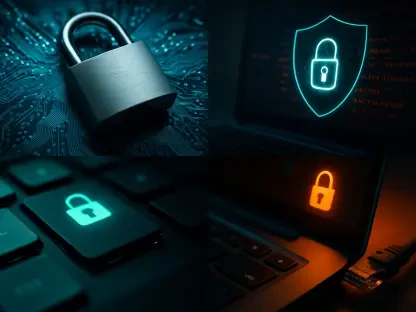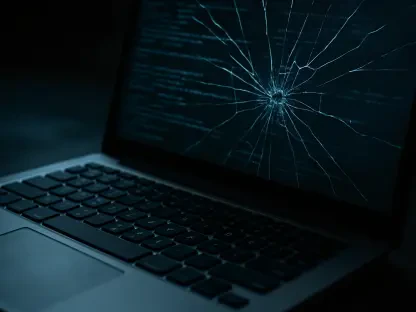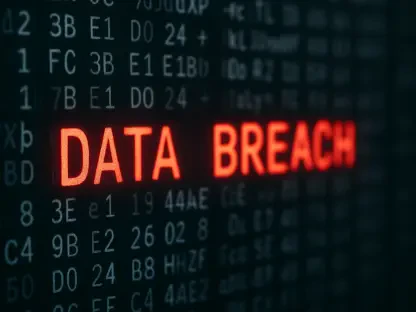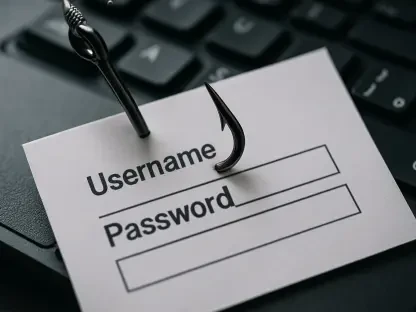Almost every U.S enterprise today uses the cloud in some way or fashion, and with good reason—it saves money spent on hardware, gives you all the performance you need, and the high availability of the cloud provides the peace of mind that server failures will not be something that can hinder businesses from reaching their true potential.
But if companies want to succeed in their cloud endeavors, one thing needs to be clear: ensuring the security of all data is critical.
One thing that became apparent this year was the fact that many businesses were not prepared for enabling a smooth transition towards a remote work environment.
The advantages that the cloud brings are diverse, and in this case, its ability to offer access to critical information and applications to employees from all over the world is unparalleled. This means that employees can either work from coffee shops or from the comfort of their homes, and companies can hire recruits that would otherwise be unreachable.
Still, there’s a catch—the risk of cybersecurity threats can increase if employees are using public WiFi access, or if they’re accessing valuable information from their personal smartphones or laptops. If they’re not well-versed in cybersecurity best practices, this could increase the likelihood of a malware or phishing attack that could cause some serious trouble.
Even with the risks mentioned so far, the cloud will always offer a clear advantage over storing your data in a regular old-fashioned way. Some businesses are still using physical data backups, but that may not be the greatest of choices. What happens in the event of a natural disaster, a fire hazard, or if you just simply lose your backup somewhere?
In a secure cloud environment, this will not happen as all data is stored in remote locations. Therefore, whether for personal or business reasons, this option remains the better one.
So then, what are some essential steps that you can take in order to better manage and safeguard your sensitive data that’s stored in the cloud?
An Important First Step: Being Prepared
This means that a cloud antivirus and a backup plan are essential to your disaster recovery plan.
A cloud antivirus will severely lessen the chances of malware and ransomware because it will detect and prevent these threats before they can cause any harm. Antivirus solutions have also advanced over the past couple of years and reached the point where they’ve surpassed legacy detection methods that were based on detecting known threats—machine learning algorithms can now detect threats more easily and ensure that your business’s assets are protected.
However, even if many breaches come from outside sources, there’s still a significant amount of disruptions that are caused by either human error or members of your staff that purposely want to harm your organization.
In the case of human error, this can be solved more easily by making sure that your personnel is well informed and is offered proper cybersecurity employee training—only by making cybersecurity a priority will you be able to have a responsible team.
When it comes to disgruntled employees, there are several things you can do in order to limit their potential hazardous behavior. In case you choose to part ways with an employee, you should ensure that their access to sensitive information is restricted or completely removed before you inform them of your decision. This is important because employees who know that they will leave the company are more prone to wanting to do some damage.
You could also limit employee and user access to a more basic level that only allows them to perform their responsibilities. This will severely limit their ability to cause any serious harm to your company.
But what do you do with employees that require more than basic access or those who might not wait until they’re fired? If all else fails and someone manages to do some damage, a cloud-to-cloud backup can always reverse or mitigate any serious harm.
This type of backup will safeguard your business from malicious intents and allow you to easily restore your data.
Ultimately, it all boils down to having a strong cybersecurity policy in place and a backup or a sound disaster recovery plan that can save the day.









